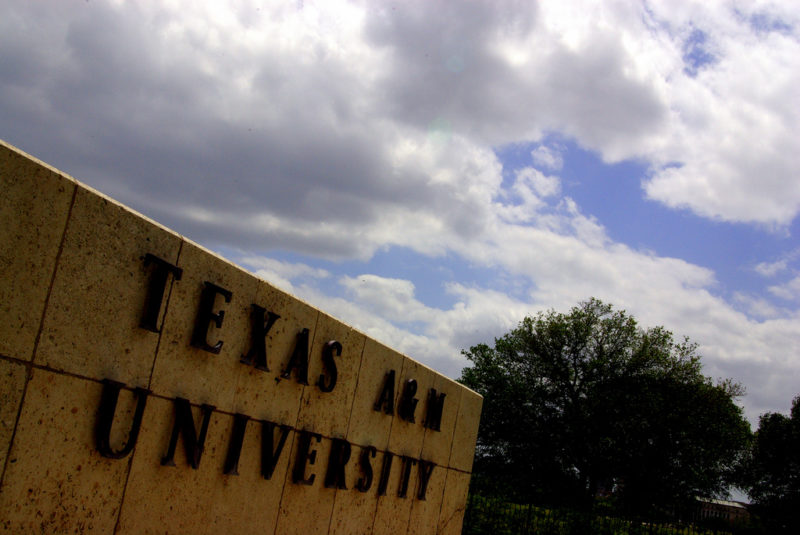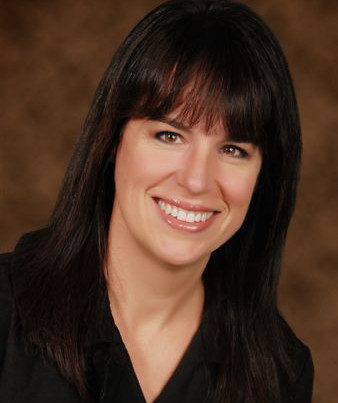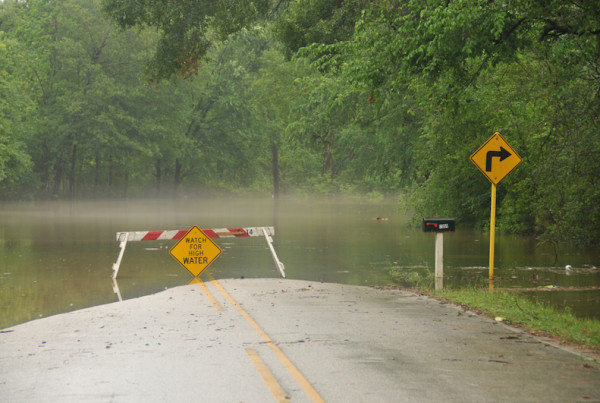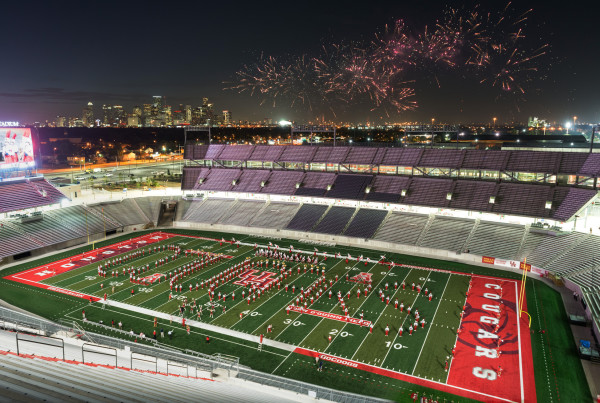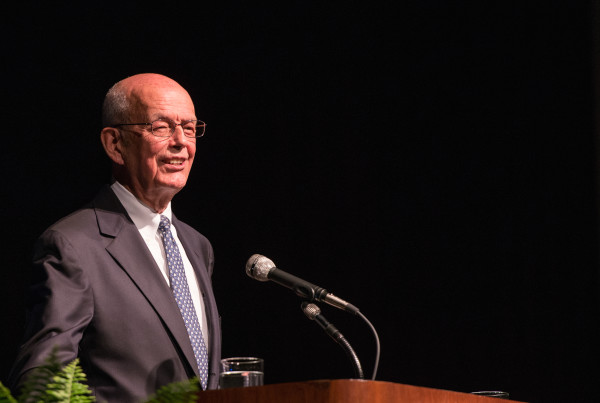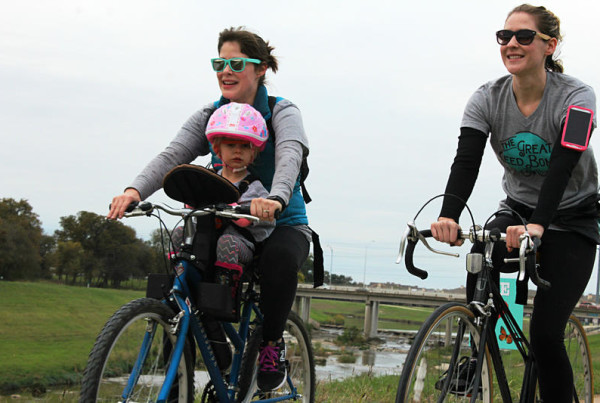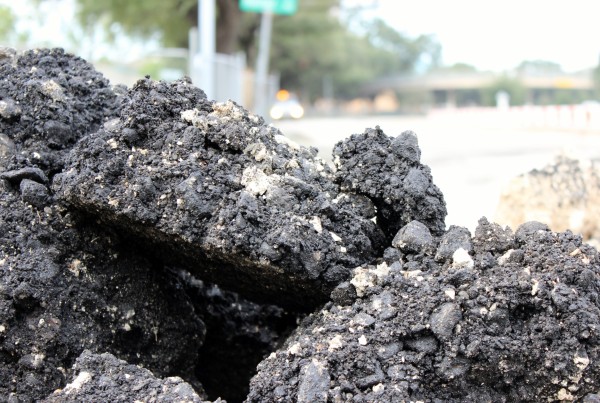The issue of sexual assault in the Nation’s College and University campuses has come under the spotlight, especially after the release of a new survey. The Association of American Universities reports that, out of 27 schools surveyed, one-fourth of female undergraduates, and students who identify as queer or transgender, say they’ve been victims of nonconsensual sex or touching since coming to college.
The Texas Tribune recently reported that three Texas campuses are under federal review over sexual assault investigations. The U.S. Department of Education, under their Civil Rights office, has opened up investigations for Texas A&M University, the University of Houston and Trinity University over how each institution handled allegations of sexual violence.
Kristen Houser, chief public affairs officer at the National Sexual Violence Resource Center, spoke the the Standard about how these investigations get started.
“Usually an investigation is triggered when a student has attempted to get some kind of a resolution from the school and is dissatisfied with the process that occurred,” she says. “They will contact the Office of Civil Rights and make complaints, and if the office believes that there’s something worth looking into, then they investigate.”
This does not mean the investigation is looking into the underlying criminality of an incident, but rather is looking at how the school itself responded to the incidents, Houser says.
“These are not criminal investigations,” she says. “There are no criminal sanctions that result from these investigations. This is looking into whether or not students have violated a school’s code of conduct and whether or not the school’s way of handling it tends to show that there’s some kind of a gender bias.”
In these types of investigations, Houser says the worst possible outcome for the school is a potential loss of federal funding. This has not happened yet, she says. Instead, the office usually issues some kind of suggestion for how the school can improve.
“Their goals is really to create environments that are conducive to learning,” Houser says. “What we’re really seeing is an attempt to help schools improve and become safer places where learning is possible.”
Listen to the full interview in the audio player above.


